Philip Guston (1913 – 1980)
Get a Guston Certificate of Authenticity for your painting (COA) for your Guston drawing.
For all your Guston artworks you need a Certificate of Authenticity (COA) in order to sell, to insure or to donate for a tax deduction.
Getting a Guston Certificate of Authenticity (COA) is easy. Just send us photos and dimensions and tell us what you know about the origin or history of your Guston painting or drawing.
If you want to sell your Guston painting or drawing use our selling services. We offer Guston selling help, selling advice, private treaty sales and full brokerage.
We have been authenticating Guston and issuing certificates of authenticity since 2002. We are recognized Guston experts and Guston certified appraisers. We issue COAs and appraisals for all Guston artworks.
Our Guston paintings and drawings authentications are accepted and respected worldwide.
Each COA is backed by in-depth research and analysis authentication reports.
The Guston certificates of authenticity we issue are based on solid, reliable and fully referenced art investigations, authentication research, analytical work and forensic studies.
We are available to examine your Guston painting or drawing anywhere in the world.
You will generally receive your certificates of authenticity and authentication report within two weeks. Some complicated cases with difficult to research Guston paintings or drawings take longer.
Our clients include Guston collectors, investors, tax authorities, insurance adjusters, appraisers, valuers, auctioneers, Federal agencies and many law firms.
We perform Philip Guston art authentication, appraisal, certificates of authenticity (COA), analysis, research, scientific tests, full art authentications. We will help you sell your Philip Guston or we will sell it for you.
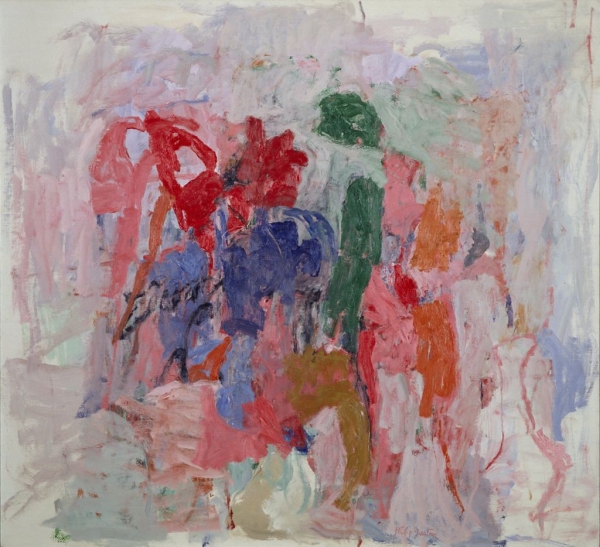
1957 Oil on Canvas 61.5 x 68 in
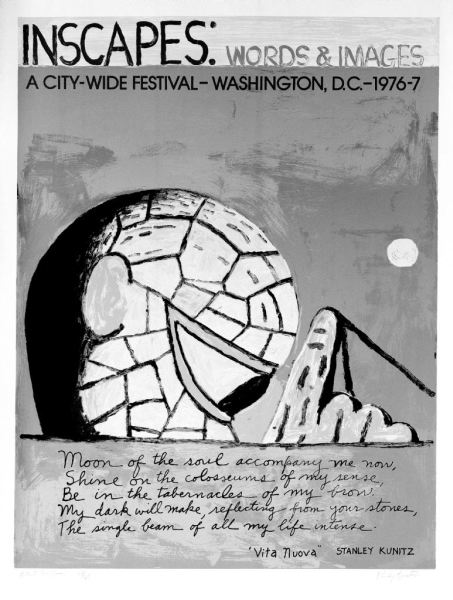
1977 Color Serigraph on Paper 44 x 32 in

1976 Oil on Linen 203.2 x 237.7 cm
Philip Guston was a Canadian-born, American artist. Guston was known for his involvement in the New York School, during a time of transition form Abstract expressionism to Neo-expressionism. Rather than painting in a purely abstract manner, Guston preffered to render objects in a cartoon-like fashion.

1970 Oil on Linen 180.0 x 203.5 cm
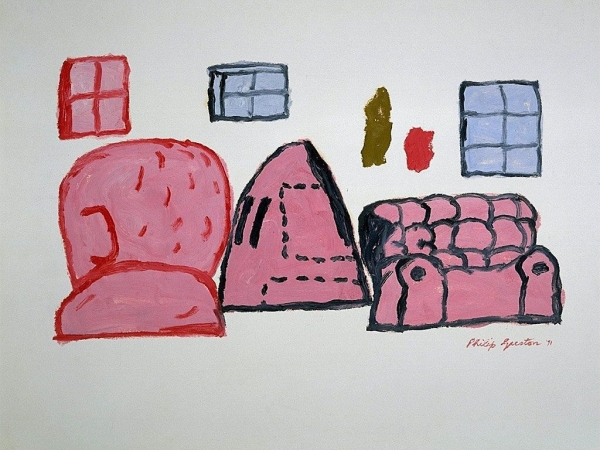
1971 Oil on Paper 56.5 x 71.5 cm
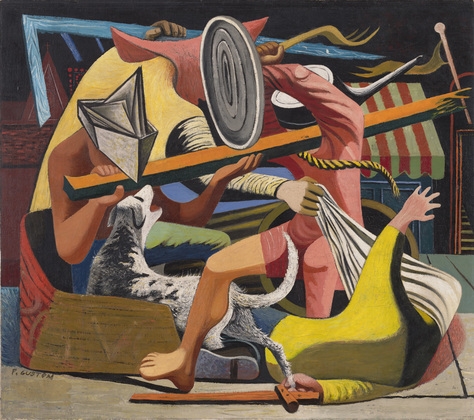
1940 Oil and pencil on canvas 62.2 x 71.4 cm
Guston was born with the name, Phillip Goldstein, in Montreal Canada. As a child, Guston moved with his family to Los Angeles, California. Guston’s family constantly faced anti-semetic persecution and were the victims of Klan activities. When Guston was still young he found his father dead after comitting suicide behind their family house. A few years after the traumatizing incident, Guston enrolled at the Los Angeles Manual Arts High School. It was at this point that Guston was first exposed to art and studied along other future artists such as Jackson Pollock.

1947 Ink on paper 10 3/8 x 10″ (26.4 x 25.4 cm)

1949 Ink on Paper 27 x 35.2 cm
Guston earned a scholarship to study at Otis Art Institute of Art, but left after only year of study. Guston was unsatisfied with the academic approach and use of plaster casts over live models. At the age of eighteen, Guston painted a political mural about the Scottsboro Boys. The mural was controversial among law enforcers and soon defaced. Guston’s political and socail interests continued to grow, and in 1936 Guston moved to New York to work as an artist for a WPA program.
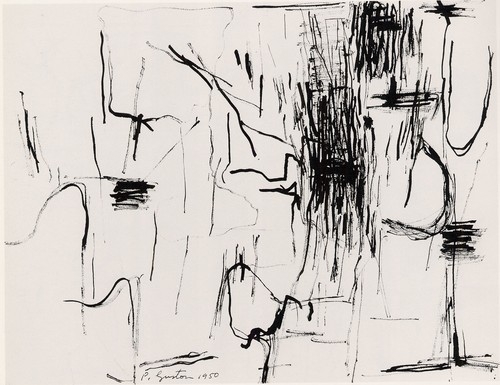
1950 Ink on Paper 17 x 22 in
During the 1940s Guston started working as a teaching-artist. From 1941-1945 Guston became an artist-in-residence, first at the State University of Iowa and then at Washington University in Missouri. After this point Guston began to teach at New York University, Pratt Institute and Boston University.
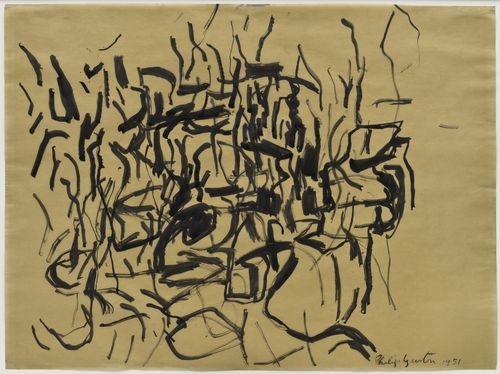
1951 Ink on Transparent Paper 43.3 x 59 cm
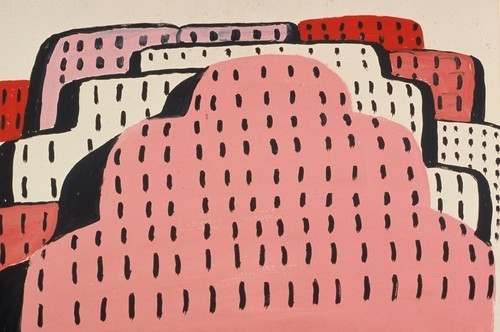
1968 Synthetic Polymer Paint on Board 50.8 x 76.2 cm
Guston continued to create mainly abstract paintings until the 1960s. At this point he shifted towards more representational and cartoon-like paintings. Guston first exhibited his new paintings at the Marlborough Gallery, New York in 1970. The show was highly criticized, despite the praise of fellow artist, Willem de Kooning.

1968 Charcoal on Paper 45.4 x 61 cm

1963 Synthetic Polymer Paint on Paper 76.2 x 101.6 cm
After the exhibit, Guston decided to leave New York City and relocate upstate in Woodstock. Guston spent the rest of his life in Woodstock where he made his last and most remebered series. His latest works included images of shoes, clocks, cigarettes and Klan symbols. Guston’s works are now highly valued in collections around the world. Do you think you own a painting by Philip Guston? Contact us. We are the Philip Guston experts.
Reviews
1,217 global ratings
5 Star
4 Star
3 Star
2 Star
1 Star
Your evaluation is very important to us. Thank you.
